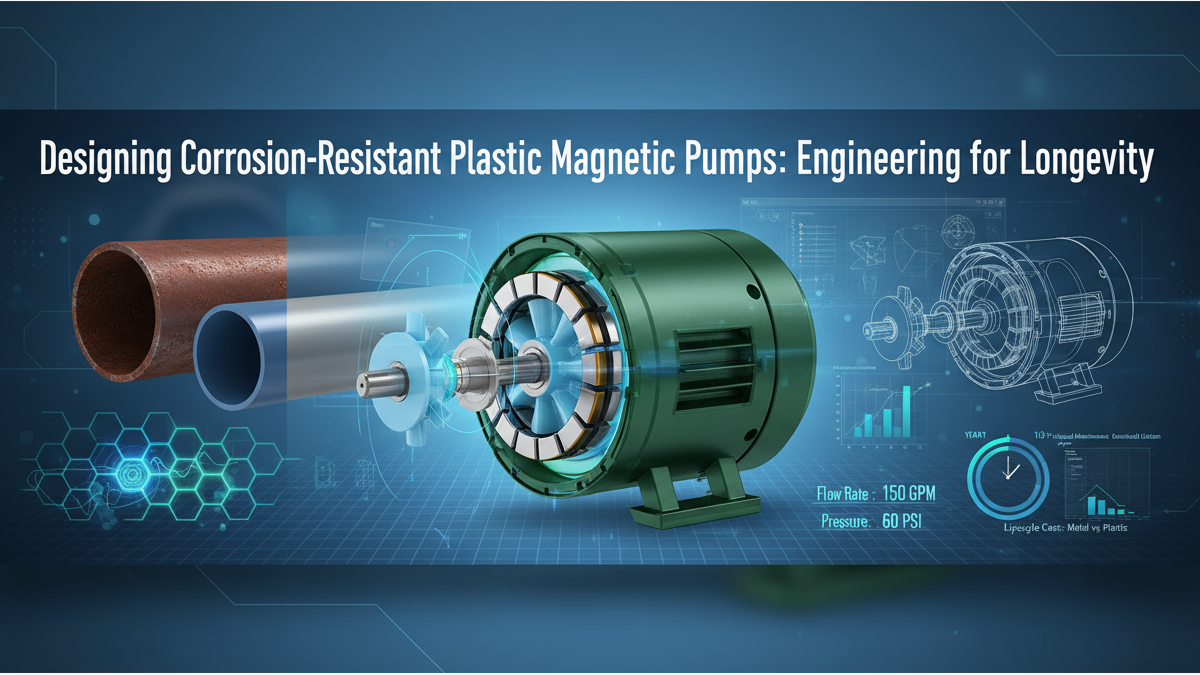Steel cables are an integral component of mechanical systems that demand precise and reliable motion transfer. This is particularly vital in the brake systems of both bicycles and automobiles, where safety and efficiency are paramount. The core purpose of steel cables in these systems is to transmit physical force effectively to the braking mechanism, facilitating immediate and controlled deceleration.
Construction and Applications of Steel Cables
The construction of teel cables typically involves high-tensile steel strands twisted around a core, which could be solid or stranded. This helical pattern offers an optimal blend of strength, flexibility, and fatigue resistance—qualities essential to handle the dynamic forces experienced during braking.
These cables find applications beyond just bicycles and automobiles, extending to motorcycles, industrial machinery, and aircraft control systems. The selection of steel cables for any particular use hinges on several factors, including load requirements, environmental conditions, and necessary response speeds. In brake systems, their prevalence is due to their reliability, low maintenance needs, and precise functionality.
Material Selection and Manufacturing Process
The performance and longevity of steel cables largely depend on the choice of materials and the manufacturing processes. High-carbon steel, often enhanced with alloys such as chromium and vanadium, is favored for its tensile strength and resistance to elongation under stress. These cables are generally galvanized or coated with materials like Teflon to prevent corrosion and reduce friction, which enhances durability across diverse conditions.
The manufacturing process involves several critical steps:
• Material Selection: Selecting the right grade of high-carbon steel and enhancing it with specific alloys to improve its properties.
• Wire Drawing and Stranding: Drawing the steel into thin wires and twisting or stranding them into the desired helical structure.
• Coating Application: Applying corrosion-resistant coatings to protect the cables from environmental elements.
• Assembly and Testing: Assembling the cables with necessary fittings and conducting extensive tests to ensure performance reliability under actual use conditions.
Features Essential for Optimal Performance
The effectiveness of steel cables in brake systems is anchored on several key features:
• High Tensile Strength: Essential to withstand significant stress without stretching or breaking.
• Flexibility: Allows the cables to navigate through complex routing without kinking or fracturing.
• Fatigue Resistance: Designed to resist fatigue with multiple wire strands that distribute load and reduce the risk of failure.
• Corrosion Resistance: Critical for longevity, especially in environments exposed to moisture and salts.
Global Manufacturing
Steel cables for brake systems are produced globally, with leading manufacturers in Japan, Germany, the United States, and notably Taiwan.
Jagwire, a prominent Taiwanese brand, exemplifies the high standards of steel cable production. They offer a range of brake cables made from either galvanized or stainless steel, with options like the Basics Road & Mountain Brake Inner Cables and the Pro Slick Polished Mountain Brake Cables. These products are designed for low friction and high-performance braking, and are used by leading bicycle brands worldwide. You’ll find Jagwire cables and housings on Giant, Specialized, Felt, Trek, BMC, Cannondale, Norco, Scott, Globe, KHS, Bianchi, Ridley and hundreds more international brands.
The manufacture of steel cables for brake systems is a precise science that requires meticulous attention to detail, rigorous testing, and stringent quality controls. High quality steel cables will continue to play a crucial role in enhancing the safety and efficiency of brake systems.










.png)



